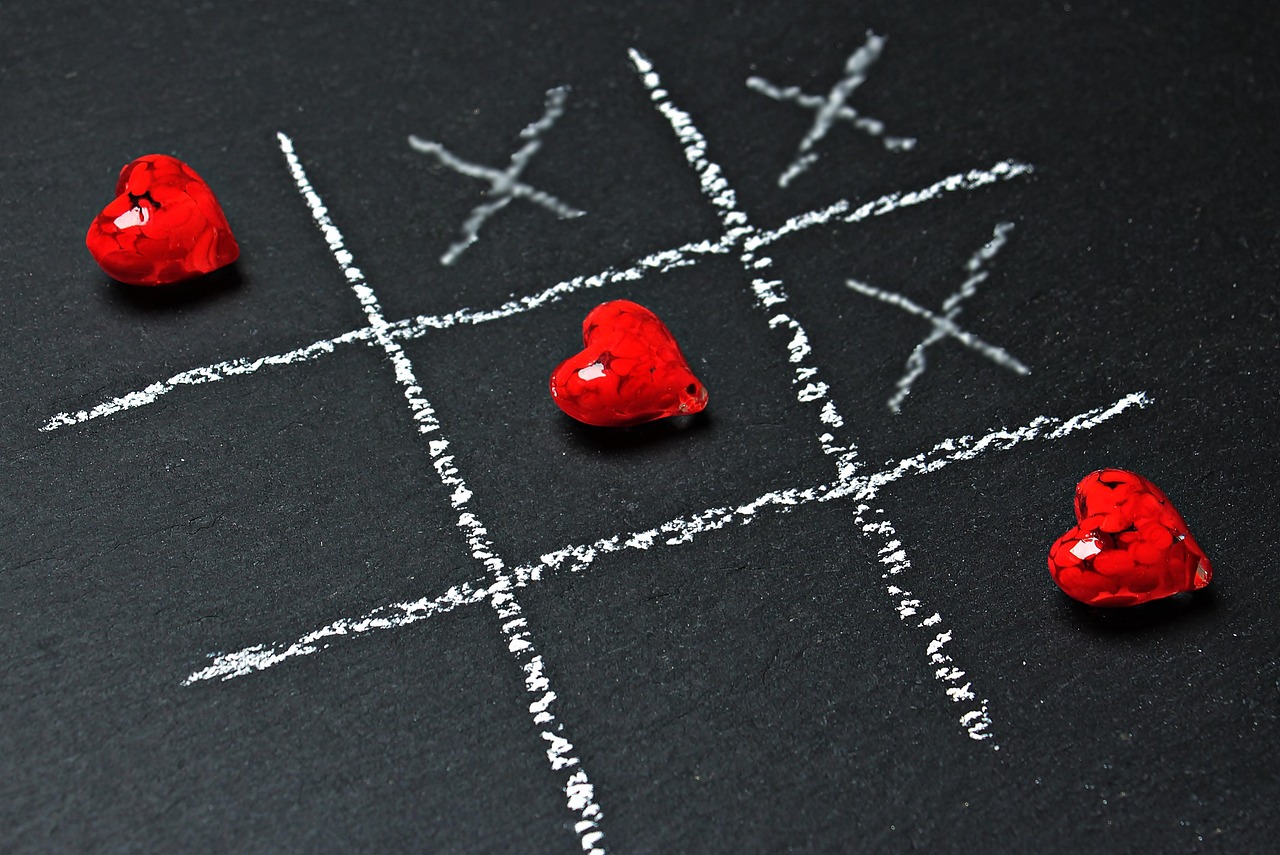Every relationship embarks on a unique journey, featuring twists, turns, peaks, and valleys. Understanding these phases is vital for nurturing and sustaining healthy connections. Whether you’re entering a new romantic partnership, strengthening a long-standing marriage, or fostering friendships, recognizing the stages of your relationship journey can profoundly impact its outcome. This guide will delve into the intricacies of relationship growth, navigating challenges, and celebrating milestones to enhance your connections with others.
The Stages of Relationship Development
Relationships can be likened to a journey with distinct stages that partners navigate together. Understanding these stages can enhance communication and deepen intimacy.
1. The Initial Attraction
This phase often starts with a spark—a physical or emotional attraction that draws two individuals together.
- Characteristics: Chemistry, excitement, and curiosity.
- What to Expect: Flirty conversations, shared interests, and spontaneous adventures.
2. The Honeymoon Phase
As the relationship begins to develop, partners experience intense feelings of euphoria and passion.
- Key Features:
- Increased time spent together.
- Enhanced emotional connection.
- Shared goals and dreams.
- Statistics: According to a study published in the Journal of Personality and Social Psychology, couples in this phase report higher levels of relationship satisfaction.
Navigating Challenges Along the Journey
Every relationship encounters hurdles. Understanding how to navigate these obstacles is crucial for long-term success.
1. Communication Issues
Misunderstandings can escalate if not addressed properly:
- Actionable Tip: Schedule regular “communication check-ins.” This ensures both partners have dedicated time to express feelings without distractions.
- Example: Agree to a weekly coffee date to discuss relationship dynamics and feelings.
2. Conflict Resolution
Learning to resolve conflicts in a healthy manner strengthens relationships.
- Identify the root cause of the conflict.
- Practice active listening—validate each other’s feelings.
- Collaborate on finding a solution.
Building Emotional Intimacy
Deepening emotional intimacy is essential for a fulfilling relationship. Here are strategies to enhance this connection:
1. Shared Experiences
- Benefits: Creating lasting memories together fosters bonding.
- Examples:
- Taking a cooking class.
- Traveling to new destinations.
2. Vulnerability & Honesty
Being vulnerable with your partner can significantly enhance emotional closeness.
- Actionable Takeaway: Make a list of your fears and share them with your partner to build trust.
- Tip: Use “I” statements to express feelings without placing blame (e.g., “I feel overwhelmed when…”).
Celebration of Milestones
Recognizing and celebrating milestones is vital for cultivating appreciation and connection in a relationship.
1. Communicating Successes
Sharing achievements boosts morale and fosters positive reinforcement.
- Ideas to Celebrate:
- Anniversaries: Plan a special getaway or surprise date.
- Personal Achievements: Create a congratulatory ritual, such as a special dinner or gift exchange.
2. Setting Future Goals
Goal-setting together ensures partnerships continue to thrive.
- Examples of Shared Goals:
- Financial planning for a home.
- Developing a new hobby together, like training for a marathon.
Conclusion
The journey of a relationship is an ongoing process filled with growth, challenges, and triumphs. By understanding the stages of relationship development, practicing effective communication, fostering emotional intimacy, and celebrating milestones, couples can foster deeper connections. Remember that every partnership is unique. Embrace your relationship journey, learn from the experiences, and focus on nurturing your bond for years to come.






